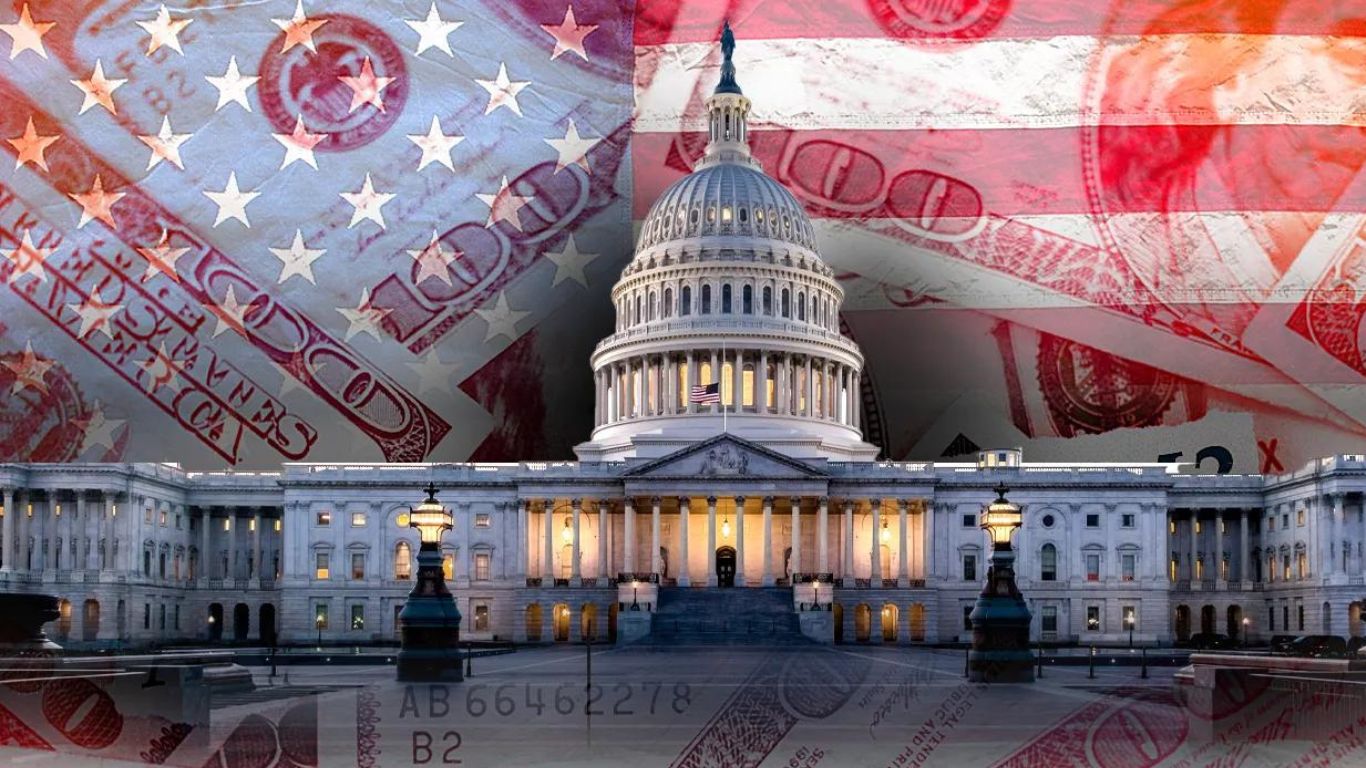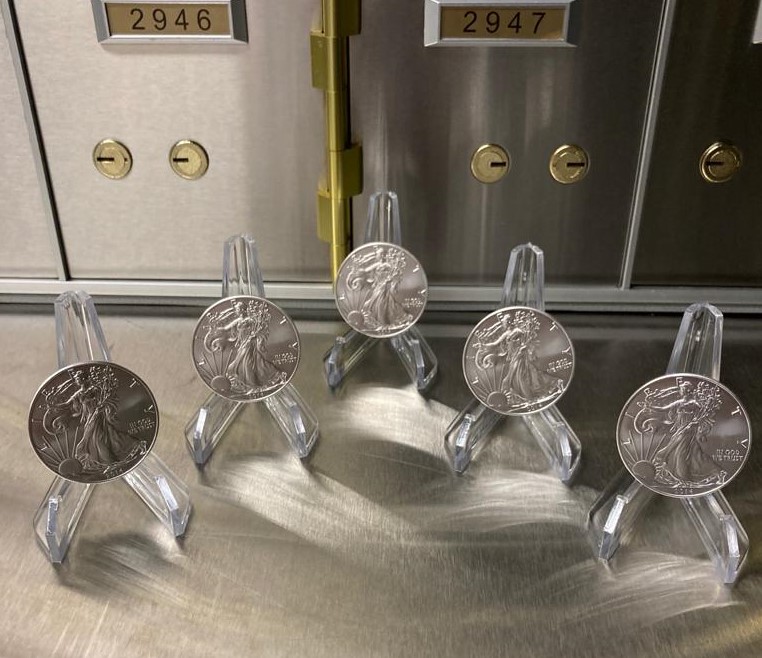
26/05/2023 – This Week in Gold with U.S. Debt Ceiling Update
Price Action:
Gold opened the week trading at $1,981, before dropping 0.6% on Monday to close the day at $1,970. Gold price found resistance at the $1,981 level twice more during the week, before falling to a weekly low of $1,940 on Thursday. With uncertainty in the markets surrounding the release of U.S. PCE data on Friday, which is the FED’s preferred measure of inflation, gold is experiencing an immediate recovery from weekly lows seen on Thursday. An indication of sticky or increased inflation would be positive for investors that are bullish on gold. At the time of writing, the yellow metal is trading at $1,953.
Silver Price Action:
Silver has experienced a steady decline throughout the week, opening at $23.88 on Monday before experiencing a 3.5% decline by the close of trading on Wednesday. Silver fell further on Thursday, dropping to a weekly low of $22.71 before rebounding on Friday. At the time of writing, silver is trading at $23.12, up 1.7% from weekly lows seen on Thursday. Similarly to gold, silver is reactive to news surrounding the U.S. economy, and with PCE data out later today, the precious metal has seen a rebound in price from the lows experienced on Thursday.
U.S. Debt Ceiling Background:
The U.S. debt ceiling, a statutory limit on the amount of debt the U.S. Treasury can issue, has been a topic of significant importance and debate in recent weeks. The debt ceiling, which is currently at $31.4 trillion, sets a cap on the total amount of outstanding debt that the U.S. government can accumulate to finance its operations and meet its financial obligations. The U.S. debt ceiling plays a critical role in the functioning of the government, and the financial markets. When the Treasury reaches the debt ceiling, it cannot issue additional debt to fund government expenditures. This can create a situation where the government has limited funds to cover its obligations, including payments for programs, services, and interest payments on existing debt. If the debt ceiling is not raised before the deadline, the U.S. government will default on its debt, which would have severe consequences for the global economy and financial markets.
In the past, failure to raise the debt ceiling in a timely manner has led to market volatility and economic uncertainty. The last time the U.S. came close to default was 2011, where Republicans and Democrats only came to an agreement to raise the debt ceiling hours before the deadline. In the lead up to the deadline, Standard & Poor’s downgraded U.S. sovereign debt from AAA i.e., risk-free, to AA+. This caused a huge sell-off in U.S. and global stock markets. In times of heightened uncertainty, investors often seek safe-haven assets like gold, to protect their wealth. The debt ceiling debate of 2011 saw an increased demand for gold, with investors being drawn to the precious metal as a hedge against risk. This increased demand saw gold surpass $1,900 for the first time, before peaking and dropping off after the debt ceiling issue was resolved.
Debt Ceiling Debate Impact on Gold:
This time around, the U.S. debt ceiling is one of a multitude of factors that are influencing the price of gold. The precious metal hit a new all-time high on May 5th, reaching $2,071 per ounce. The panic surrounding the U.S. debt ceiling deadline of June 1st, coupled with the FED’s future projections on interest rates and the failure of First Republic Bank, all played a part in this tremendous rally in early May.
As mentioned, uncertainty surrounding the U.S. potentially defaulting on its debt in 2011 pushed investors towards gold, as a hedge against risk. Talks are currently ongoing between President Joe Biden and Republican house speaker Kevin McCarthy, in a bid to resolve the issue before the deadline. Although it is highly unlikely that the U.S. will default on its debt (J.P. Morgan are predicting a 2% chance of this scenario playing out), the closer it gets to the deadline without a resolution, the more it would be expected that investors will panic out of equity markets and into safe-haven assets, such as gold & silver as a means to protect wealth.

